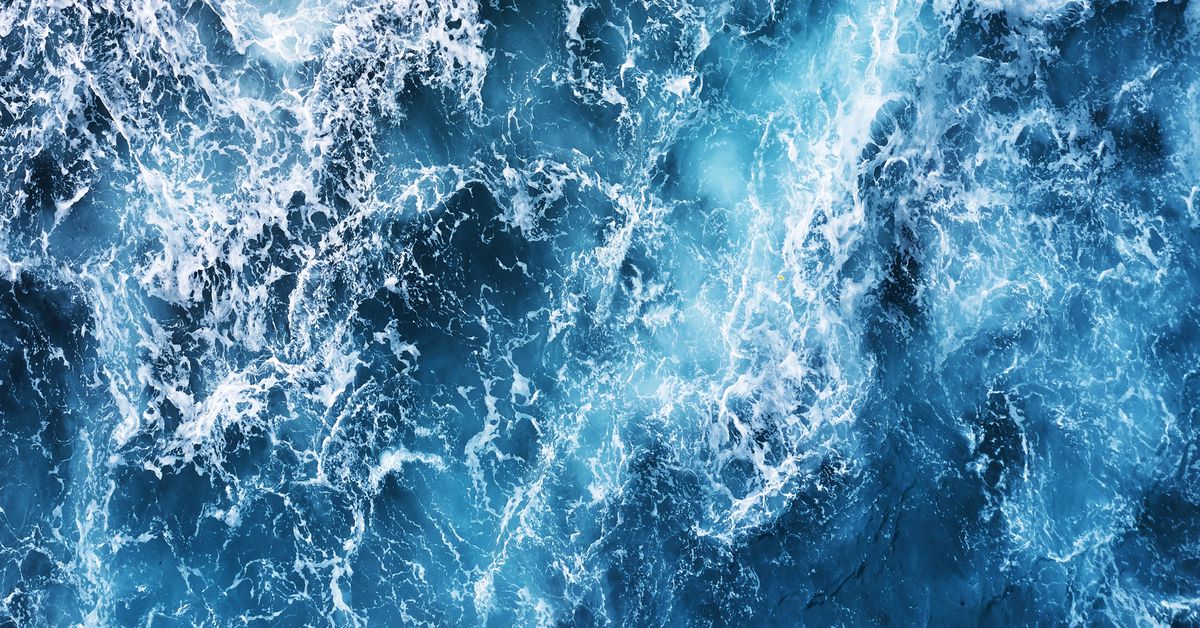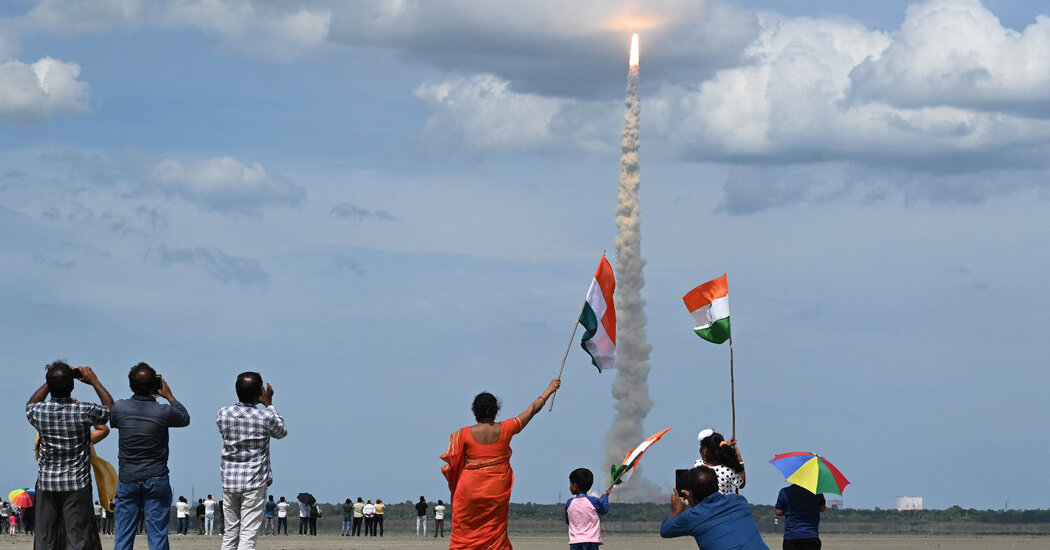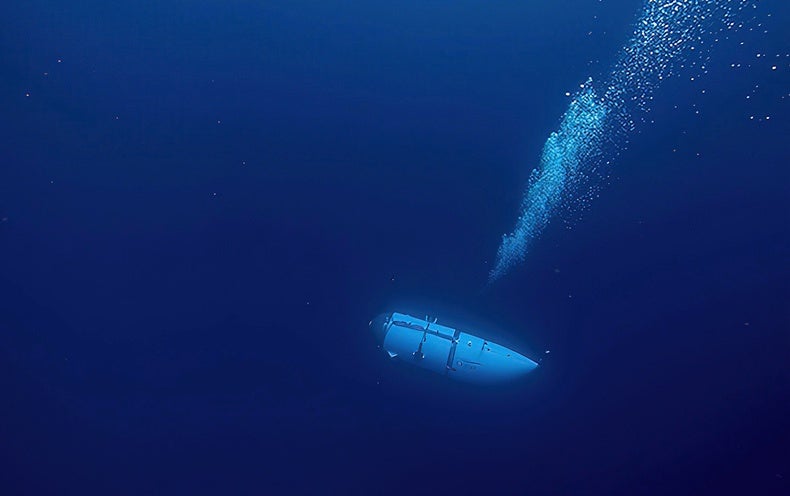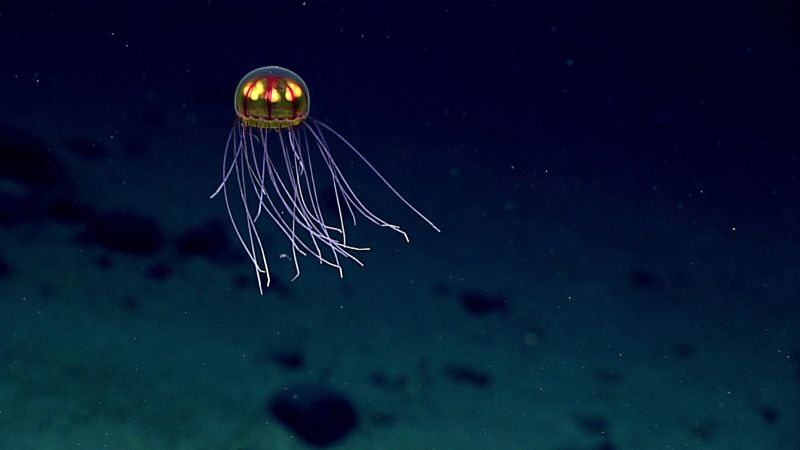11 of the Most Endangered Species in the Ocean in 2023
According to the International Union for Conservation of Nature (IUCN) Red List of Threatened Species – the world’s most comprehensive inventory of the global conservation status of biological species – at least 37% of the world’s sharks and rays, 33% of reef corals, 26% of mammals (including marine) and 21% of reptiles are threatened with extinction.











